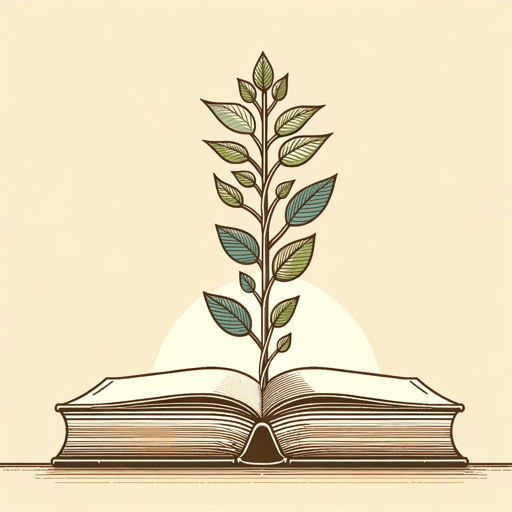38 pages • 1 hour read
Julia CameronThe Artist's Way: A Spiritual Path to Higher Creativity
Nonfiction | Book | Adult | Published in 1992A modern alternative to SparkNotes and CliffsNotes, SuperSummary offers high-quality Study Guides with detailed chapter summaries and analysis of major themes, characters, and more.
Summary and Study Guide
Overview
Best-selling author Julia Cameron’s The Artist’s Way: A Spiritual Path to Higher Creativity is formulated as a 12-week course for blocked creatives and shadow artists—those who are drawn to art but do not believe they are artists themselves-—to recover from the challenges they’ve faced and build an authentically creative life. Cameron argues creativity is a spiritual practice and places heavy emphasis on the process and play rather than the product and work. Each week focuses on recovering a different core aspect through candid analysis of common issues, anecdotes from different creatives, exercises to examine and implement these strategies, and check-ins to see how the course is going. By the end of the course, Cameron wants creatives to feel empowered and see life as a creative process. This guide refers to the 25th Anniversary Edition published in 2016 by TarcherPerigee, a Penguin Random House imprint.
Content Warning: This book discusses psychological themes and contains some anecdotes on and analogies to disordered eating, substance abuse, and suicide.
Summary
The opening sections focus on establishing Julia Cameron’s credibility as an author and her experiences with the creative process. This section also outlines the definitions of key terms, the tools needed to complete the course, and what’s expected of the reader.
Weeks 1 through 4 focus on building a sense of self and stability. Cameron breaks down some of the biggest initial barriers that stand in the way of creative life. She seeks to promote stability through encouraging consistency of practice and a thoughtful uncovering of identity.
Weeks 5 through 8 focus on developing security and resilience. These chapters reinforce the earlier ones while leaning into some of the new challenges and blocks that may arise as creatives find themselves further along on this journey. The idea of security comes from the acceptance of God (however one defines it) as the source of creativity and builds upon the ideas of stability built through practice in the earlier sections. Resilience is also necessary because sometimes the creative process involves missteps and problems. As long as the creative has a healthy way of recognizing these issues and continues the regular spiritual practice of creativity, they will be fine.
Lastly, Weeks 9 through 12 emphasize gentleness and trust. The idea of being kind to oneself in the face of toxic thoughts and people features prominently. Cameron reminds creatives that relinquishing control doesn’t mean not having autonomy: Showing up every day and practicing leads to that autonomy. She concludes with the importance of faith in the process.
The ending sections contain extra material that may be beneficial for those who seek more information on commonly asked questions, previous editions, forming study groups for the course, and reading materials.
Featured Collections
Addiction
View Collection
Art
View Collection
Books About Art
View Collection
Books & Literature
View Collection
Fear
View Collection
Hate & Anger
View Collection
Psychology
View Collection
Religion & Spirituality
View Collection
Self-Help Books
View Collection
The Past
View Collection

